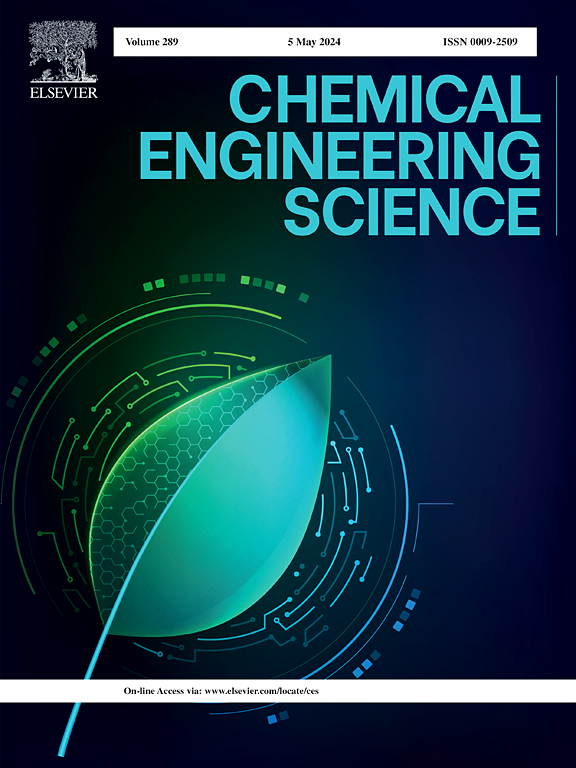CH4和CO2在热处理煤中增加CO2固存潜力的吸附扩散机理
IF 4.3
2区 工程技术
Q2 ENGINEERING, CHEMICAL
引用次数: 0
摘要
在煤层中封存二氧化碳是一种很有前途的减少大气中二氧化碳排放的策略。然而,煤的自燃改变了煤的结构,影响了CH4和CO2的吸附行为,影响了固存效率。本研究模拟CSC效应,研究了煤在0 ~ 500 ℃热处理过程中CH4和CO2的吸附和扩散特性。采用等温吸附实验(1-8.5 MPa, 30 ℃)、近似分析和扫描电镜(SEM)分析了结构修饰和气体相互作用机理。结果表明,热处理显著提高了CO2的吸附能力,在高压(8.5 MPa)下可达到CH4的30倍。两种气体的扩散系数最初随热暴露而下降,但随着温度升高而增加,其中CO2的扩散系数高达CH4的7.2倍。结构分析表明,微孔的发育和表面碎屑的去除有助于提高吸附和扩散能力。这些发现为优化燃烧后煤层的二氧化碳封存策略,支持可持续的碳捕获技术提供了有价值的见解。本文章由计算机程序翻译,如有差异,请以英文原文为准。


The adsorption and diffusion mechanisms of CH4 and CO2 in heat-treated coal to increase CO2 sequestration potential
CO2 sequestration in coal seams is a promising strategy for reducing atmospheric CO2 emissions. However, coal spontaneous combustion(CSC) alters the coal structure, influencing CH4 and CO2 adsorption behavior and affecting sequestration efficiency. This study investigated the adsorption and diffusion characteristics of CH4 and CO2 in coal subjected to heat treatment(0-500 ℃), simulating CSC effects. Isothermal adsorption experiments(1–8.5 MPa, 30 ℃), proximate analysis, and scanning electron microscopy(SEM) were employed to analyze structural modifications and gas interaction mechanisms. Results revealed that heat treatment significantly enhanced CO2 adsorption capacity, reaching up to 30 times that of CH4 at elevated pressures(8.5 MPa). The diffusion coefficients for both gases initially declined with heat exposure but increased at higher temperatures, with CO2 diffusion being up to 7.2 times greater than CH4. Structural analysis indicated the development of micropores and the removal of surface debris, contributing to the increased adsorption and diffusion capacity. These findings offer valuable insights into optimizing CO2 sequestration strategies in post-combustion coal seams, supporting sustainable carbon capture technologies.
求助全文
通过发布文献求助,成功后即可免费获取论文全文。
去求助
来源期刊

Chemical Engineering Science
工程技术-工程:化工
CiteScore
7.50
自引率
8.50%
发文量
1025
审稿时长
50 days
期刊介绍:
Chemical engineering enables the transformation of natural resources and energy into useful products for society. It draws on and applies natural sciences, mathematics and economics, and has developed fundamental engineering science that underpins the discipline.
Chemical Engineering Science (CES) has been publishing papers on the fundamentals of chemical engineering since 1951. CES is the platform where the most significant advances in the discipline have ever since been published. Chemical Engineering Science has accompanied and sustained chemical engineering through its development into the vibrant and broad scientific discipline it is today.
 求助内容:
求助内容: 应助结果提醒方式:
应助结果提醒方式:


